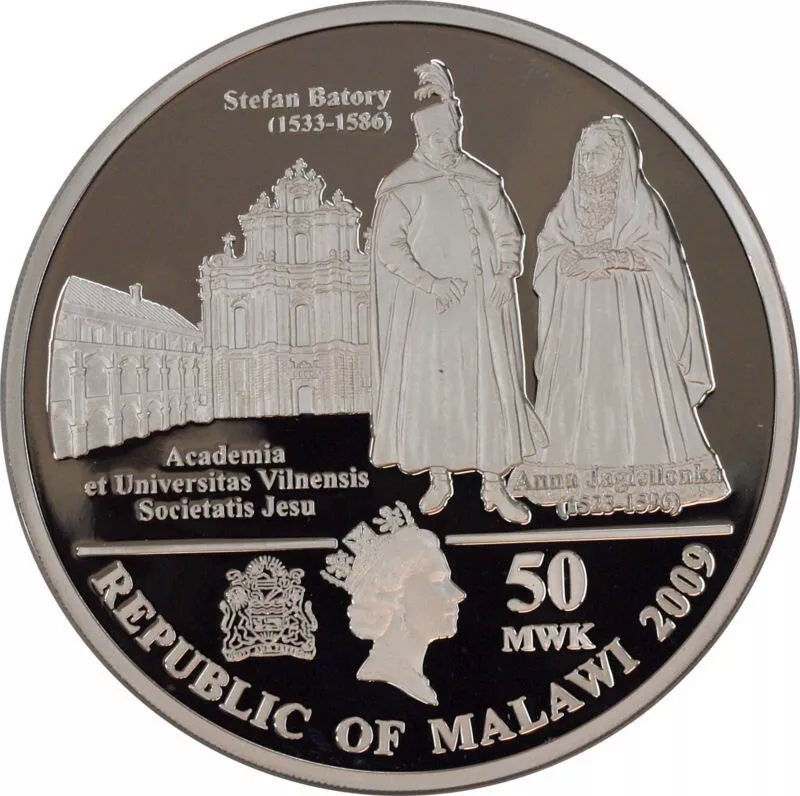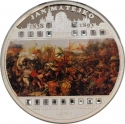You are about to finish your registration. Please check your mailbox (including spam folder). There should be a letter with a confirmation link. Check setting to make sure that your e-mail address is correct.
Send letter againDescription
Jan Matejko (1838–1893) was a prominent Polish painter known for his large-scale historical paintings depicting significant events from Poland's past. His most famous works include Stańczyk (1862), Rejtan (1866), Union of Lublin (1869), and Battle of Grunwald (1878). Matejko's art played a crucial role in promoting Polish history and identity during a period of partition and political oppression. He studied at the Kraków Academy of Fine Arts and later became its director. Despite some criticism of his theatrical style, Matejko is regarded as Poland's "national painter," and his influence extended to students who became major artists themselves.
Obverse

|
Depicts a combination of historical figures and symbols, King Stephen Báthory with his name birth, and death dates above him and Queen Anna Jagiellon also with her name, and dates, in front of Vilnius University's Great Yard and Church of St. John the Baptist and its name in Latin below it, a third crowned portrait of HM Queen Elizabeth II facing right, wearing the George IV State Diadem dividing the coat of arms of Malawi and denomination above, the date, country name below. Stephen Báthory |
|---|---|
Reverse

|
Depicts Jan Matejko's painting of "Stephen Báthory at Pskov" (1872), highlighting the fictionalized moment during the peace negotiations between Tsar Ivan the Terrible of Russia and the Polish King Stephen Báthory in 1582. The scene captures the kneeling representatives of the Russian Tsar before Báthory, symbolizing the power dynamics and the diplomatic resolution after the Livonian War. It also shows the papal legate, the black-robed Jesuit Antonio Possevino. The series title "Jan Matejko," along with his birth and death dates, is featured above the scene, noting that the Kraków Academy of Fine Arts, where Matejko served as president, was named in his honor in 1979. The painting’s name in Polish and its date are displayed below, with 19 crystal pieces embellishing the coin. JAN MATEJKO |
| Edge |
50 Kwacha
Republic
Jan Matejko
Stephen Báthory at Pskov
Subscribe series
KM#
Jan Matejko
Stephen Báthory at Pskov



